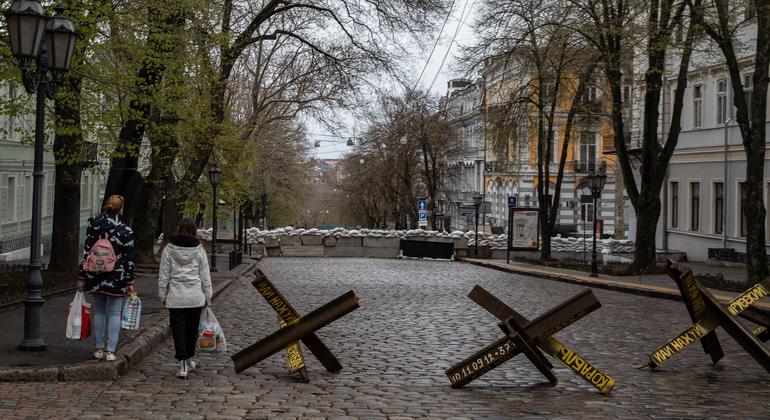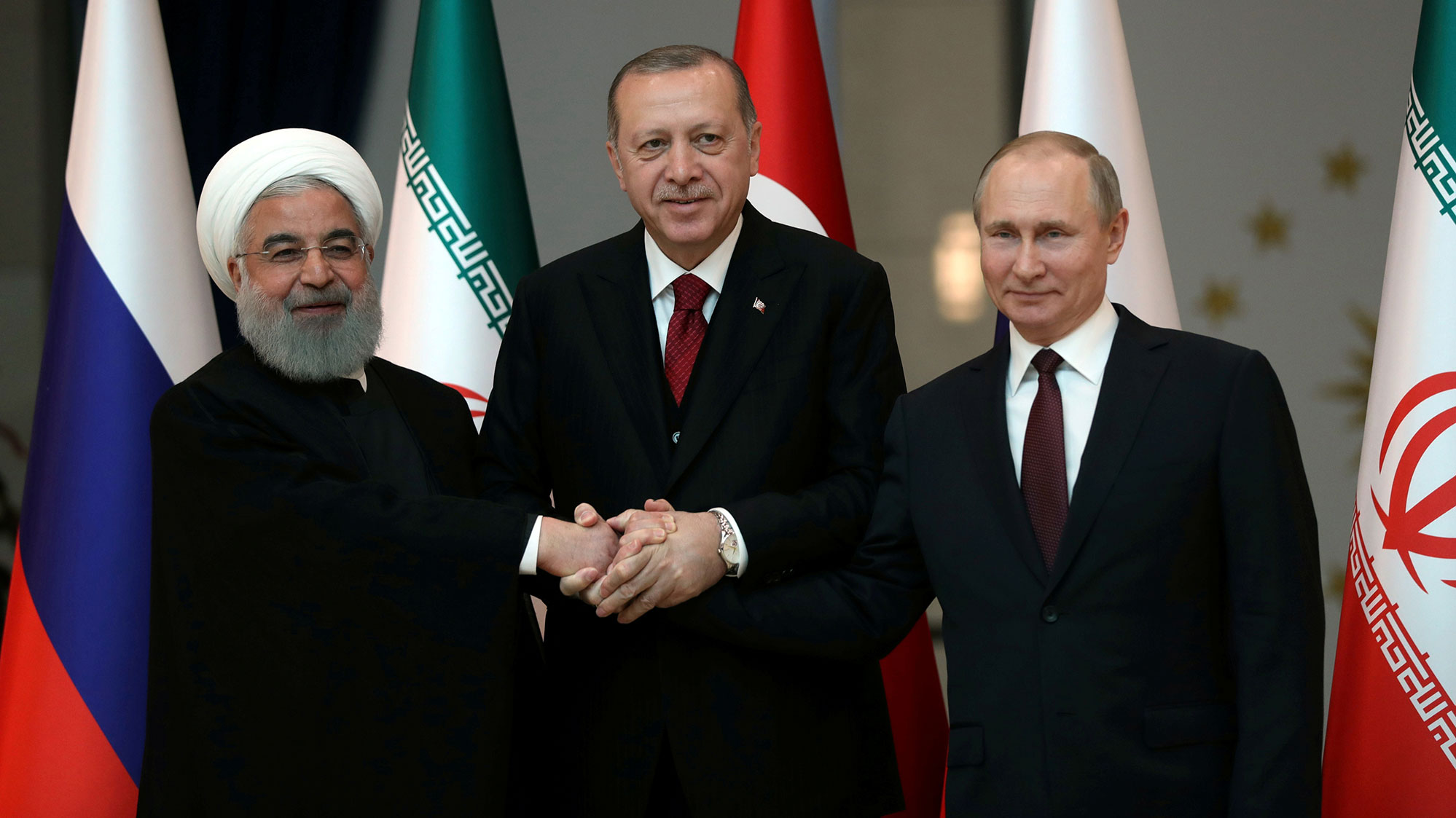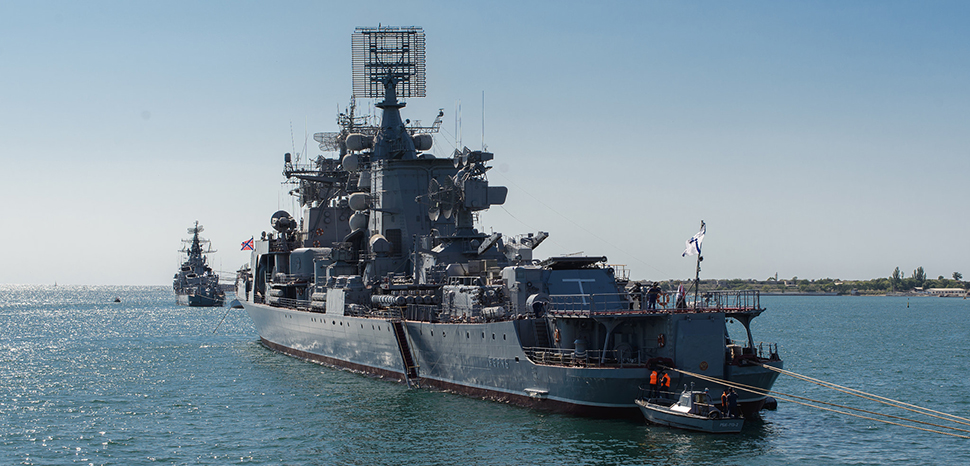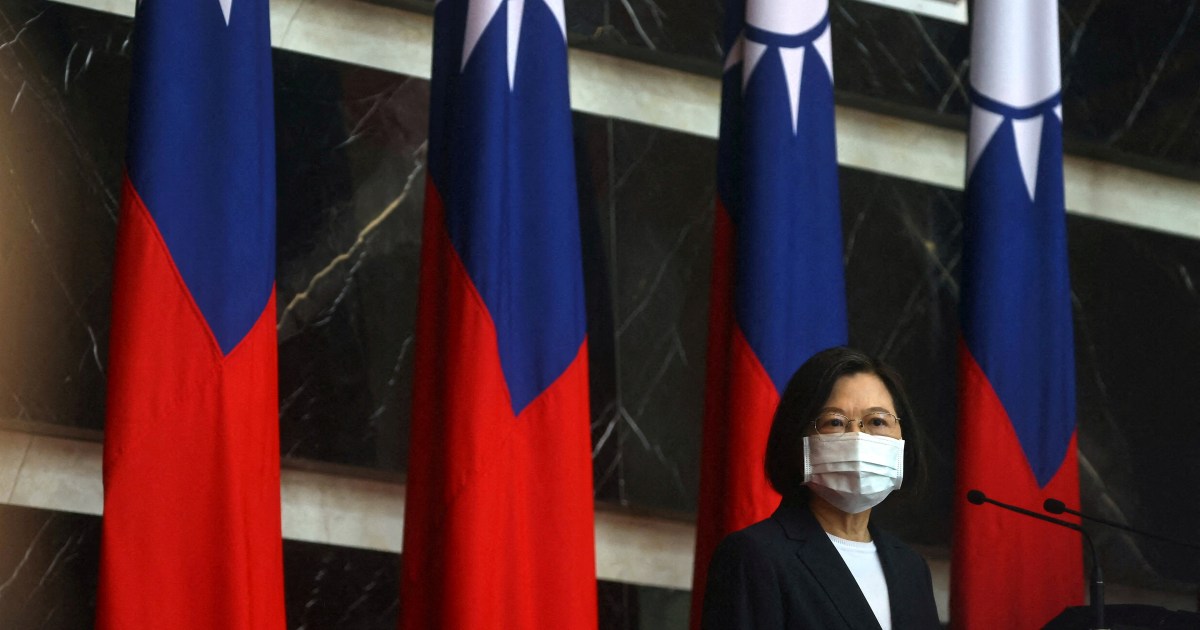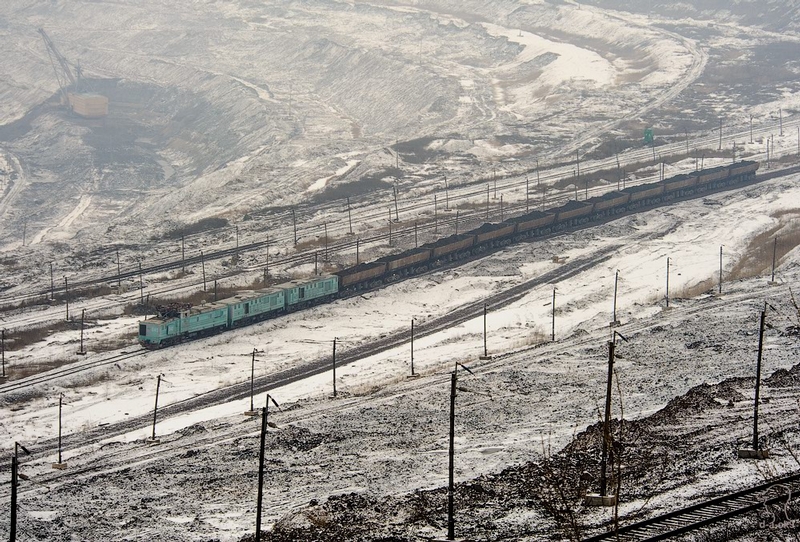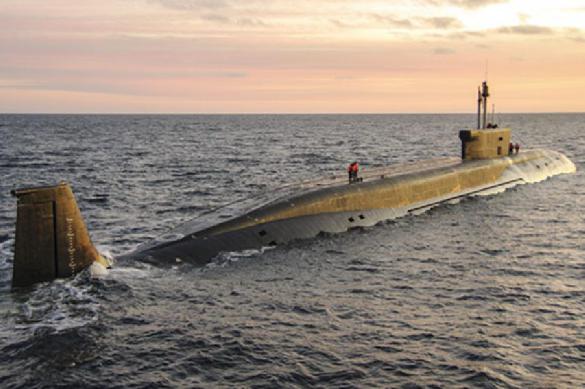[ad_1]
This text is from a collection by the invaluable William Brumfield, (Wikipedia), Professor of Slavic Research at Tulane College, New Orleans, USA.
Brumfield is the world’s main historian of Russian structure. He makes frequent journeys to Russia, typically to her distant areas, and information essentially the most uncommon examples of surviving structure with detailed, skilled images.

His most up-to-date guide is an actual treasure, Structure At The Finish Of The Earth, Photographing The Russian North (2015). (Amazon). This actually lovely guide was made doable by the help of a US philanthropist, and its true price is 3 occasions its retail worth, and we will not advocate it extremely sufficient. Right here is our 2015 assessment of it.
Bravo to RBTH for making Brumfield’s work doable, and offering such a terrific platform for his lovely images. We advocate visiting the RBTH web page, which has a slide present for every article with many extra photos than we are able to slot in right here.
Do not imagine in miracles? Properly, we are able to guarantee you, Brumfield’s work is undoubtedly simply that. You could find a whole checklist of his articles on RI right here.
The unique title of this text was: Epiphany at Oshevensk: A miracle of conventional artwork within the Russian North
The historic Russian North, centered on the White Sea, has lengthy been often called a repository of conventional arts and crafts. Among the many most distinctive shows of this inventive tradition are a couple of surviving picket church buildings with 18th and nineteenth century painted interiors that mix non secular piety and emotional expression.
The perfect instance nonetheless standing is the Church of the Epiphany on the village of Oshevensk within the Kargopol area of Arkhangelsk Province. Oshevensk is in reality a cluster of settlements, together with three hamlets picturesquely located alongside the Churyega River. The Epiphany Church is positioned within the first hamlet, Pogost, a reputation derived from a time period for sacred floor that often contained a cemetery and church.
Constructed of sturdy pine logs in 1787, the Epiphany church is an unsurpassed mixture of construction and artwork within the Russian north. (The church can also be referred to regionally because the Baptism, as Epiphany and the Baptism of Christ are the identical vacation in Orthodoxy.) Octagonal in form, the principle construction of the church is topped with a tall “tent” tower. The church bell tower stands individually to the northwest with its personal vertical cap. The 2 complement one another in serene concord.
But the miracle of this church is its inside, which encompasses one of many largest such areas amongst northern log church buildings. Its icon display is gigantic in extent, but few of the icons stay. The church was closed within the Thirties, opened throughout World Battle II, and closed once more in 1960 throughout Nikita Khrushchev’s “closing” marketing campaign towards faith. The church was reopened for prayer and occasional providers within the late Nineties.
Throughout this lengthy interval of closure, a lot of the icons in the principle iconostasis had been taken from the church. The icons within the uppermost row, devoted to the Prophets, survived, however in October 2014, the church was damaged into and these remaining icons had been stolen. Solely the magnificent carved icon display remained. Though a lot of the icons have now been recovered, a lot work stays to revive them to their authentic place.
Essentially the most spectacular show of artwork within the inside is the painted suspended ceiling, or “heaven” (nebo), which nonetheless has its panels in place, though with sporadic harm to the painted floor. The fundamental type of the “heaven” is a polygon segmented by flat beams extending from the highest of the partitions to a hoop within the middle. The beams are barely inclined and thus create a body that’s self-supporting between the partitions and the ring. The painted panels are within the form of prolonged triangles and are laid upon the body with out fasteners. The design makes ingenious use of rigidity and gravity.
These “heavens” are a particular function of the normal North, a mix of portray and construction. The work on the Epiphany Church have been attributed to the Bogdanov-Karbatovsky household, one of many dynasties of icon painters energetic within the Arkhangelsk territory within the latter half of the 18th century. They had been additionally concerned within the portray of the icons for the monumental icon display of the Kargopol Nativity Cathedral, rebuilt after a serious fireplace in 1765. Such artists introduced new expressiveness to a standard artwork in transition from tempera colours to grease paints.
The “heaven” on the Epiphany church is uniquely giant, with 18 panel segments that embrace eight archangels, the 4 evangelists, the Crucifixion and heavenly kinds comparable to seraphim. The central ring is occupied by a picture of Christ Pantocrator (Ruler of All).
The panel rising from the middle of the icon display depicts Christ on the cross. The panel to the appropriate of Christ (the viewer’s left) incorporates Mary, Mom of God (Theotokos). The panel to the left of Christ depicts St. John the Evangelist, creator of one of many canonical Gospels and thus a divinely impressed witness to the Crucifixion. Every panel of the complete ceiling has the title of the individual depicted painted in daring black letters.
Subsequent to Mary Theotokos stands Mary Magdalene. As an in depth follower of Jesus, she is talked about a number of occasions within the Gospels and stood on the foot of the cross. She additionally seems in all 4 Gospels as a central individual within the Resurrection narrative. Though each figures are depicted in blue robes symbolizing purity, Mary Magdalene can also be clad in a crimson cloak.
St. John the Evangelist is flanked by Longinus the Centurion, the title given in medieval Christian sources to the Roman soldier who pierced the facet of Christ together with his spear. Longinus was canonized by each the western and japanese church buildings for his witness to and proclamation of the divinity of Christ. The intense pink cloak that he wears over his armor creates symmetry with the cloak of Mary Magdalene.
This association of 5 central figures, typical for Orthodox depictions of the Crucifixion, is flanked by panels containing the 2 principal archangels, Michael (within the panel subsequent to Mary Magdalene) and Gabriel. Because the supreme archangel (arkhistratig), Michael leads the Hosts of the Lord towards Devil’s military within the E-book of Revelation. As an emblem of his militant energy, he’s portrayed in armor with a pink cloak. His proper hand holds a lance, right here given the atypical type of a trident. Gabriel, portrayed extra modestly, is God’s main messenger, most notably within the Annunciation.
The japanese half of the ceiling concludes with portrayals of the Evangelists Matthew (within the panel subsequent to Archangel Gabriel) and John the Evangelist. That is the second illustration of St. John: first as a witness to the Crucifixion and secondly as one of many 4 Evangelists.
The western half of the nebo continues with different archangels within the Japanese Orthodox custom together with Selaphiel, who is commonly seen as an intercessor between God and the worshipper. Subsequent to Selaphiel is Archangel Uriel, historically related to numerous human endeavors comparable to the humanities. Right here Uriel is portrayed accompanying the boy Tobias, son of Tobit from the E-book of Tobit. The boy holds a fish that he caught and that may subsequently play a job within the narrative of this advanced legend. Normally it’s Archangel Raphael (the healer) who accompanies Tobias, however the letters on the panel clearly spell “Uriel.
Additionally included among the many western panels are the Evangelists Mark and Luke, in addition to the Archangel Jegudiel. The central a part of the western half of the nebo consists of three panels that includes archangels Barachiel, Selaphiel and Michael. That is the second depiction of Archangels Selaphiel and Michael, a repetition known as forth by the unusually giant variety of panels within the Epiphany Church ceiling.
Along with the principle altar (behind the icon display), the Epiphany Church has two extra altars devoted to St. John the Divine and the martyr St. Vlasy which have miniature variations of the “heaven” painted ceilings. For heated winter worship on this extreme local weather, a refectory with the altar of St. John the Divine extends from the west of the principle construction.
The miraculous work on the Oshevensk Epiphany Church are in pressing want of preservation. Helpful in themselves, additionally they counsel a continuity in Russian artwork extending to the foremost Twentieth-century artist Natalya Goncharova — for instance, her work entitled “The 4 Evangelists.” In every case we see each readability and depth of expression, fluidity of line, delicate shading and a radiant expressiveness.
[ad_2]
Source link




